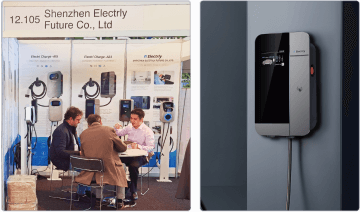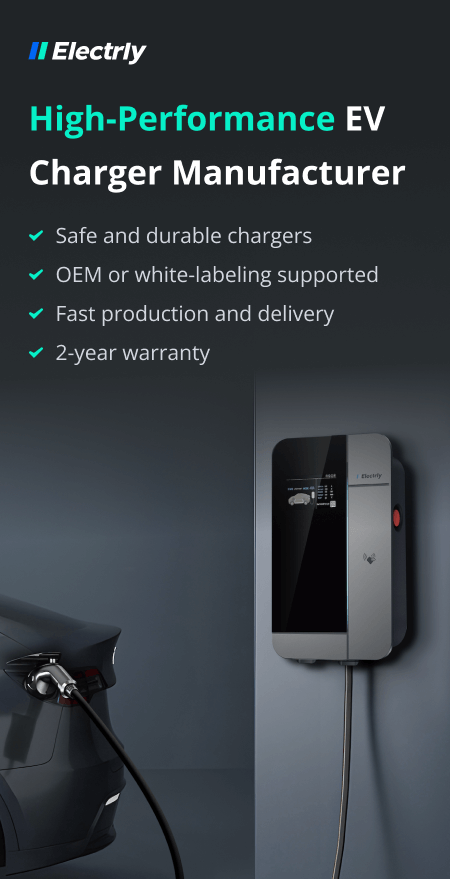Charging your electric vehicle involves drawing electricity from various sources, whether it's a public charging station or a home-based charging setup. Consequently, you'll need to cover the cost of this electricity consumption.
So, how do you go about paying for it? Are there any unique procedures to follow when charging your EV at home? And what about those public charging stations that necessitate ID verification?
This article answers all your questions about making payments to charge your electric car.
Do You Have to Pay to Charge Your Car?
In the vast majority of cases, you will have to pay to charge an electric car. This applies to whether you plug in at home, at the workplace, or using a public charging station. In the end, you’re drawing power from the electrical grid. This electricity costs money to produce, so it’s reasonable to pay to use it.
How to Pay for Home EV Charging
There’s no need to set up any additional payments when you charge from home. The cost simply contributes to your monthly electrical utility bill.
If you own an EV, you have probably had a Level 2 wall charger installed. This may have come with the car, or you might have purchased it as an extra (from the manufacturer or an EV charger producer).
The wall charger is wired into your home using appropriately robust wiring and circuit breakers. Thus, it’s no different from turning on your lights or TV.
The bill itself won’t differentiate between what you used to charge the car and what’s been used in the rest of your household. However, this amount could be calculated based on the charger’s kWh usage and the utility company’s price per kWh.
Taking advantage of lower prices during off-peak times (usually at night, on weekends, and during public holidays) might also be possible.
Learn more: Home EV Charging Guide >>
How to Pay for Public Charging Stations
You have to pay at most public charging stations. The difficulty with these payments is currently identification. Upcoming systems and developments will continue to work on and improve this!
For now, things are a bit complicated. Many EV owners have memberships with several different charge point providers.
In almost all cases of EV charging, cash isn’t an option. They’re often placed in random locations in parking lots, with no cash collection services nearby.
Instead, here are the three main ways to pay when you charge your electric car:
- Contactless
- An app
- Identity verification method (RFID card or fob)
Contactless
Paying for your charging session via contactless is the simplest way to go about things. Just like any other transaction, you place your card against the reader, and it charges your account.
However, this tends to be the most expensive option. That’s because you don’t receive any subscriber benefits and thus get charged more, along with missing out on discounts.
App
Most of the mainstream EV charger companies come with an app. These apps contain identity authentication systems to allow you to use and pay for a charging session.
After doing this, you can charge your car. The total cost gets added to your account. At the end of the month (or whenever suits you), this is all paid off in one go using a payment card or bank transfer.
Most companies offer flexible payment methods. The most common are pay-per-use (higher rates but no monthly subscription) and membership, in which you’ll pay a set amount per month to access cheaper rates.
Fob or RFID card
For some charging companies, you can use a fob or RFID card to verify your identity. This then works in the same way as an app, sending the bill to the right person. Your membership will also have the same flexibilities and subscription options.
This method also has the same drawbacks as apps. Not all charge points will accept these methods, and you often need separate ones for different charging companies.
How Will You Pay for Public EV Charging in the Future?
In the section above, we mentioned that upcoming systems and developments are in the works. These are intended to standardize how EV owners pay for electricity at charge points.
This is currently known as Plug and Charge. The standards are written up under ISO 15118.
In short, the Plug and Charge system will automatically authenticate a payment when a car is plugged in. In other words, the vehicle will be charged rather than you. You’ll then settle these payments later.
Other standardizations are rapidly rolling in around the US and the world. The US has its NEVI program (National Electric Vehicle Infrastructure), while the EU is bringing in AFIR (the Alternative Fuels Infrastructure Regulation).
These aim to simplify the EV charging process, ensuring all units are similar and straightforward to use. They’ll also help regulate charging speeds and costs.
How to Find Free EV Charging Stations
A third-party app or website is the best way to find free EV charging stations. These often combine the charging stations offered by the vast majority of charge point companies, allowing you to compare costs and locate free options!
The free electric car charger locator tool at Electrly allows you to filter all results by ‘free charging’. Once you’ve found the appropriate location, simply go there and plug your car in!
You could also take advantage of a few offers and loopholes, such as the following:
- When you buy a new EV, it might come with charging perks such as ‘Initial 60 minutes free charging for the first year’.
- Charge your car at work. This isn’t exactly free, but it’ll be your employer’s cost rather than yours. And it’s what it’s there for!
- Consider setting up a renewable energy system (such as solar) in your home. Once the setup cost is paid off (allow around 10 years!), all the electricity it generates will be ‘free’.
Summary
Paying to charge your electric vehicle can feel daunting, especially when so many options exist. Although it’s a little confusing, you’ll get used to it and develop methods that work best for you (such as only using one company’s charge points).
In short, if you have a standard, well-known credit or debit card on you at all times, there should always be a way to pay to charge your EV.
Free charge points are few and far between, although they do still exist. With some careful planning, you can make the most of what they offer. Expect them to be phased out in the future, so make the most of them while you can!


